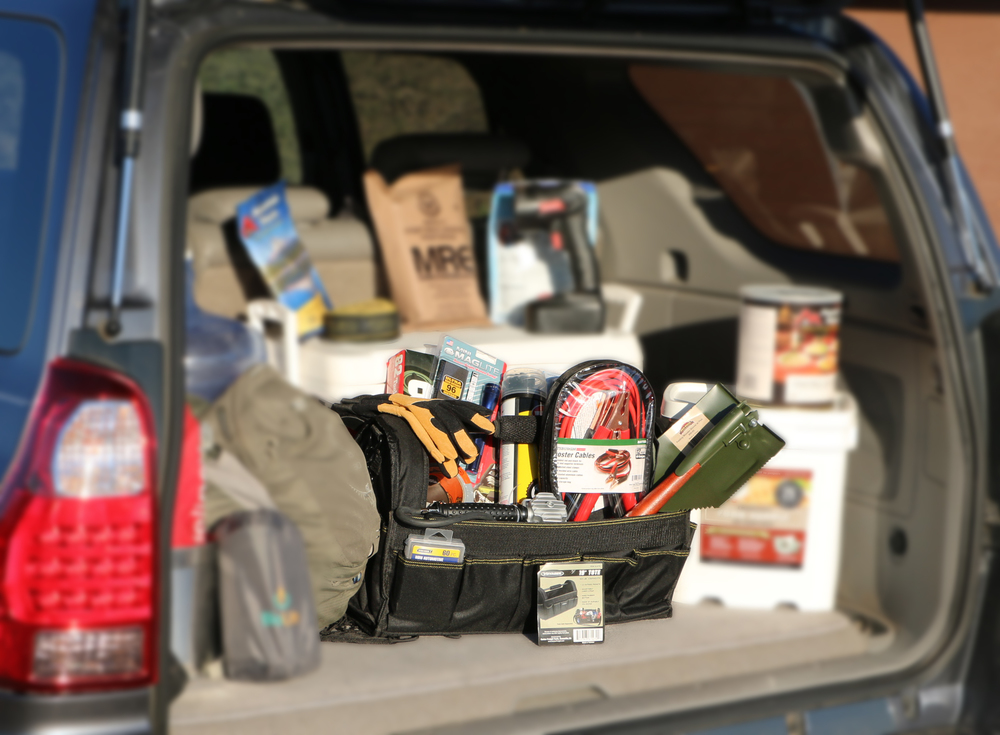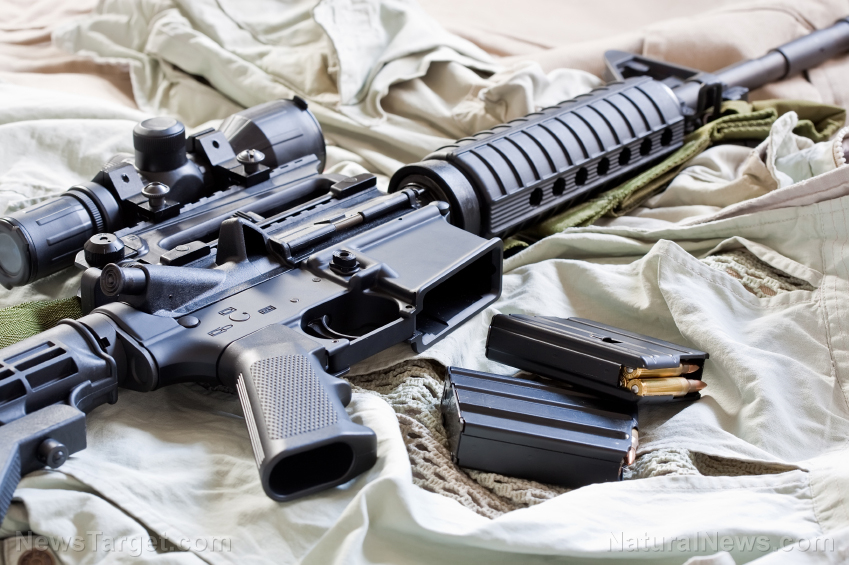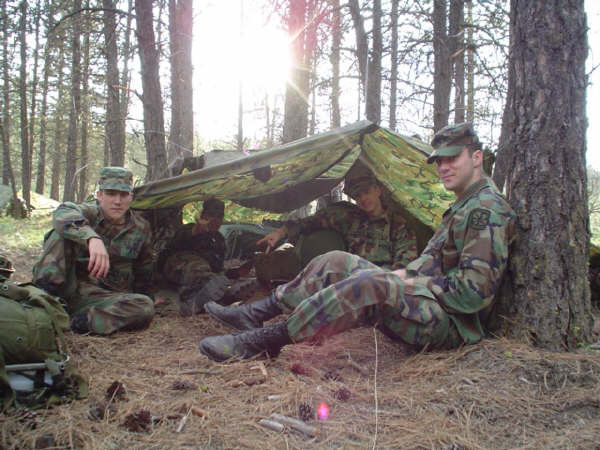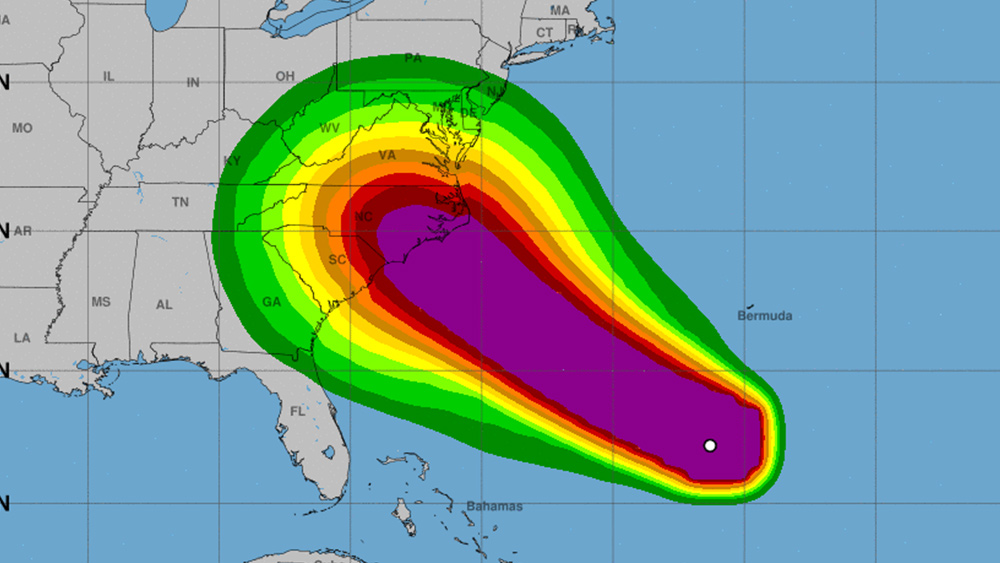Survivalist shares tips for prepping to bug out – Part 1
10/03/2018 / By Jayson Veley
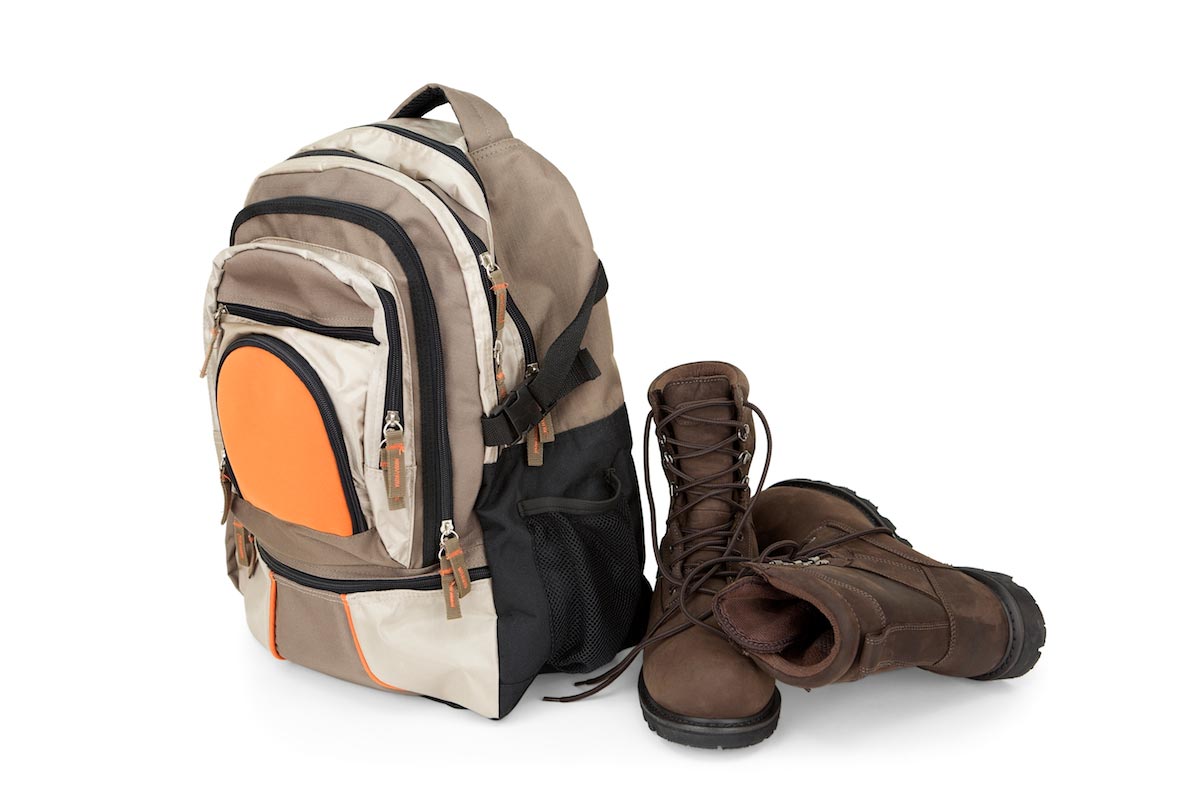
Anyone that’s serious about prepping knows that preparing to bug out is about a lot more than simply filling a bag with supplies and establishing an off-the-grid location to escape to. If that were the case, then preppers could be done getting ready for a national or global catastrophe in a single afternoon – go to a gun store, go to an army surplus store, come home, pinpoint a location on a map, and you’re good to go. No, prepping is a lot more in-depth than that, which is why millions of Americans have spent years, and even decades, getting ready for the day that society comes crumbling down like a house of cards.
A contributor for the website SurvivalBlog.com who goes by the clever name of “Mr. E” published back-to-back articles on how to go about planning, training and exercising for bugging out. These three areas of focus aren’t just skills that some random prepper wrote about in a book or for a website; they are true emergency management principles that are still being used by public and private institutions from one end of the country to the other. The reason why this three-step emergency awareness protocol is so beneficial is because it allows you and your group to prepare for a wide variety of situations, and ensures that everyone has an understanding of what his or her role is during your bug out.
When making plans for your bug out supplies and equipment, Mr. E explains that it is important to consider a number of different questions: Does each and every member of your group have access to food, water, clothing, medical supplies and defensive equipment? Are there enough supplies to sustain each member of your group until you reach your off-the-grid location? Are your vehicles filled with enough fuel to reach your off-the-grid location?
Other things that preppers must consider include the condition of the battery inside of your vehicle, how fast they will be able to gather their supplies, the possibility of placing caches of supplies along the route to your bug out location, and what to do if you run into peaceful individuals who are in need of supplies while you are on your way to your bug out location.
Mr. E also makes it abundantly clear that having the supplies necessary for communicating over long distances is a vital part of the planning process. Since cell phones won’t be very reliable in the event of a national emergency, Mr. E advises that preppers get their hands on either a ham radio, a simple two-way handheld radio, or a CB radio, all of which are inexpensive and very easy to use. In addition to communication devices, preppers should also plan to equip themselves with emergency blankets, extra batteries, duct tape, and copper wire for building simple electronics.
Regarding the actual bug out location and the route you will take to get there, Mr. E emphasizes the fact that this information should be understood by everyone in your group. “Much like communications, your egress plan should have multiple options in case one way is blocked or compromised,” Mr. E writes. “Consider which routes will be least traveled. Staying away from the other travelers is usually the safer bet when resources are scarce.” (Related: Here’s why prepping is the best way to ensure you have the supplies you need before the next disaster.)
Mr E. went on to explain that it’s important to consider the time that it takes for you to reach your bug out destination by foot, by vehicle, and by other methods of transportation. He also advises preppers to map out “your resources caches, water availability, and potential shelter locations along the intended routes” so that you can choose the best path depending on the situation you find yourself in.
Sources include:
Tagged Under: bug out, expert tips, gear and equipment, off grid, preparedness, prepper, prepping, resources cache, survival, survivalist


